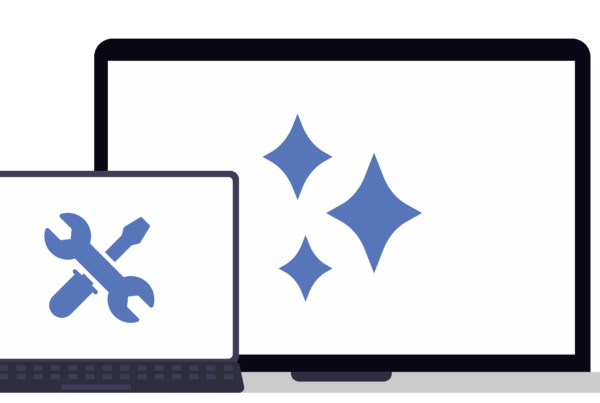
With an infinite number of apps and wearable devices now tracking our health and wellbeing, it would be natural to assume that all this data is making us into super-humans – and ultra-efficient workers! Yet when you take a look at the data on employee engagement (which gauges how motivated and productive people are) the statistics are pretty dismal. Studies by global performance-management consulting company Gallup have revealed that only 13% of employees across 142 countries are “engaged” in their work – while 87% of workers are “not engaged” or “actively disengaged”. In South Africa, the numbers are even worse: a paltry 9% of the workforce is reportedly engaged, 46% are not engaged and 45% are actively disengaged.
For small business owners, a disengaged team can be the kiss of death – particularly in such a tenuous economic climate. Fortunately, there are some very practical steps you can take to boost motivation and productivity levels. (Technology to the rescue!)
1 — Promote Collaboration
In addition to the sense of camaraderie and human connection that collaboration promotes (those warm and fuzzy feelings!) studies have shown that it boosts productivity. A pivotal Stanford study found that just the perception of working collectively on challenges is a sure-fire way to ignite better performance. In 2017, a study by the Institute for Corporate Productivity (i4cp) supported this finding and revealed that companies that promoted collaborative working were five times as likely to be high performing. Interestingly, the study highlighted the importance of incentivizing collaboration:
“The lack of incentives and rewards is the most common and powerful barrier to effective collaboration. Yet, most talent management systems are designed to reward individual achievement, not team accomplishments,” noted Kevin Martin, Chief Research Officer, i4cp. “Finding ways to recognise and reward individuals, leaders, and teams who engage in productive collaborative behaviours can pay off in a big way.”
In other words, there’s hard science behind those warm and fuzzy feelings – and business leaders should take note!
To boost collaboration, technology proffers up many colourful and compelling options: Slack, for example, is a fun, Cloud-based collaboration hub that enables teams to communicate and work together online. It has evolved to become an interesting content hub as well as a key management tool. In addition to Slack, other Cloud-based tools such as Trello and Google Docs are simple but efficient ways of boosting collaboration.
2 — Enable Mobility
For most of us, smartphones have become a bodily extension – we simply do not leave a room without it. And while this may be a social dependency (how does one live without WhatsApp?), it is clear that businesses are developing a smartphone dependency of their own. Increasingly, studies are showing that the use of mobile devices, and more often than not, personal mobile devices, boost employee productivity. According to Forbes, employee mobility leads to ‘30% better business processes and 23% more productivity – with 100% more satisfied employees’. For most companies, and especially SMEs, any discussion around mobility is essentially a discussion around BYOD (Bring Your Own Device). Most leaders have already recognised that employees prefer using their personal devices at work, in addition to ‘mainstream’ tools such as WhatsApp, Dropbox and Gmail. And getting in the way of employees and their personal devices (and social platforms) can be the equivalent of declaring civil war. The key is to find intelligent ways of managing the use of personal devices so that the productivity benefits can be reaped – without compromising on IT security and data management. Importantly, employees must be educated around the security perils of using mobile devices for business – and should take steps such as implementing stronger password protection and encrypting sensitive data.
3 – Become More Energy Efficient
While it may seem strange to talk about energy efficiency in the same breath as productivity, one only needs to mention the word ‘Eskom’ and it all becomes clear! As it stands, SA businesses have to operate under the ever-present threat of power outages – which arguably present the greatest menace to productivity levels. Yet for forward-thinking business leaders, load shedding need not interrupt work. The key is to take some savvy precautionary steps: invest in a UPS (stands for Uninterrupted Power Supply and is essentially a battery that will keep electronic devices running for a short period of time), and protect your equipment with surge protection plugs. For leaders who want to get ultra serious about power saving, you can also replace power-hungry desktops with microcomputing devices. The CloudGateXs, for example, is a locally developed mini-PC that uses less than ten percent of the electricity that a typical desktop requires. This type of energy saving device allows SMEs to continue operating for a longer time – and to thereby maintain productivity (along with sanity!).



